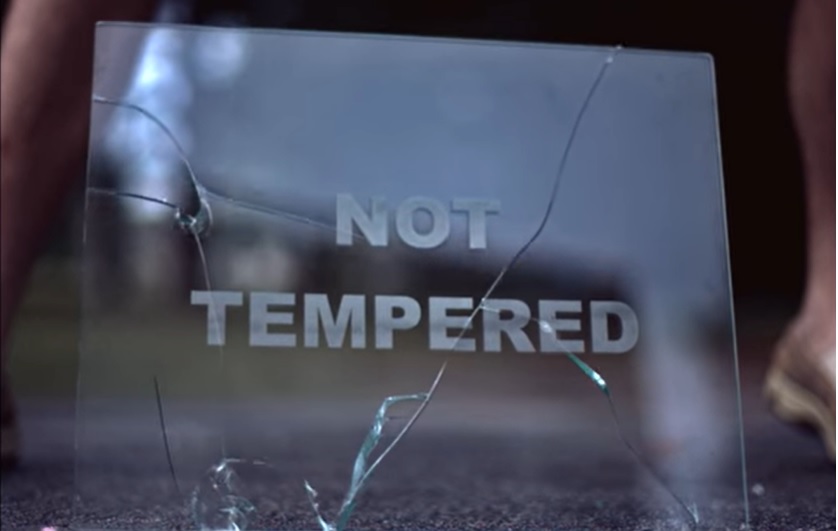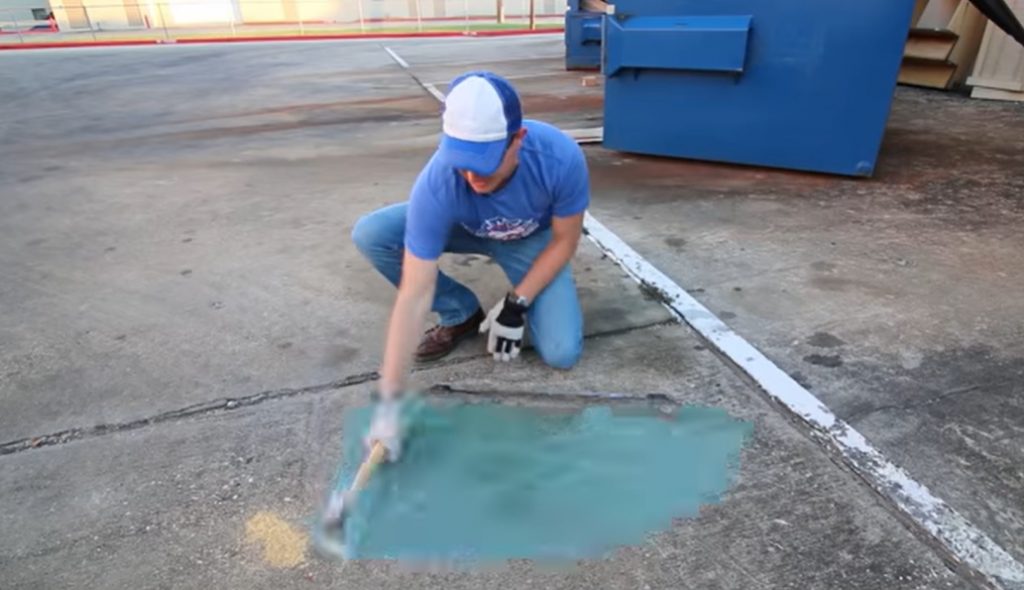An experiment on the security benefits of using laminated tempered glass

Knowing how to escape from a submerged vehicle is one of those skills you hope you never need. Fortunately, there’s an easy way to escape if you can remain calm. Don’t expect the window to roll down or the door to open, the water pressure is far too great for your muscles or the window motor to manage. You may try to break the glass, but that’s easier said than done. In a panic, many people will hit the center of their window when they should really aim for the corner.
See why the location of your hit matters for tempered glass in the video below.
To prove this, Destin from Smarter Every Day the famous youtube channel about science did this amazing experiment and made me think twice.
Glass is an essential part of modern life, and we encounter it everywhere, from our smartphones to our car windshields. One of the most common types of glass used in automobiles is tempered glass, known for its strength and durability. But how does tempered glass compare to non-tempered glass when it comes to durability? To find out, SmarterEveryDay conducted an experiment using a high-quality camera to capture slow-motion footage of tempered and non-tempered glass shattering on the floor.
Tempered glass is a type of safety glass that is treated with heat or chemicals to increase its strength. It is widely used in automobiles, as it is more resistant to breakage than non-tempered glass. Non-tempered glass, on the other hand, is more prone to shattering upon impact.
Tempered glass vs. non-tempered glass: a comparison of durability and safety
For this experiment, Destin used two identical pieces of glass, one tempered and one non-tempered. he dropped each piece of glass from the same height onto a concrete floor and recorded the results with a high-quality camera at 1000 frames per second.

The footage of the tempered glass shattering was dramatic. The glass broke into small, square pieces that remained largely intact, with some pieces staying connected to the frame of the glass. The slow-motion footage revealed the intricate web of cracks that formed in the glass before it ultimately shattered.
In contrast, the non-tempered glass shattered almost immediately upon impact. The glass broke into small, sharp pieces that flew in all directions, making it clear why tempered glass is a safer choice for use in automobiles.

The experiment clearly demonstrated the superiority of tempered glass when it comes to durability and safety. While non-tempered glass may be cheaper and easier to produce, it is far more prone to shattering and can cause serious injury in the event of an accident.
If you are in the market for glass, whether for use in your car or elsewhere, it is important to consider the durability and safety of the glass you choose. Tempered glass is the clear winner when it comes to these factors, and our experiment has shown that its strength and durability are unmatched by the non-tempered glass. Choose tempered glass for your safety and peace of mind.